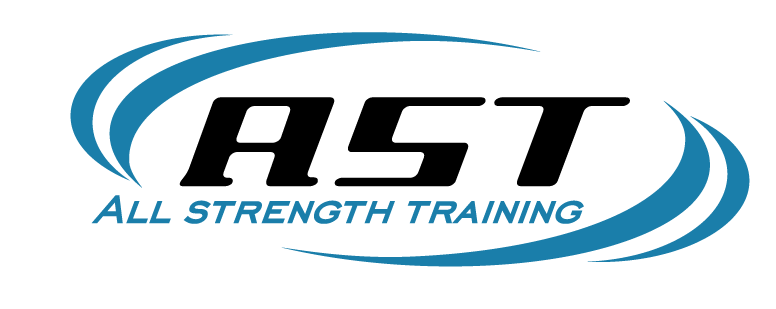July Challenge: The Core Challenge
As easy as it is to write off “core training” as just another trendy way to get personal trainers to add another certification to their wall and a few extra letters on their business cards, it’s also not enough to treat core training as another name for abdominal training. Also, while we often hear that big exercises such as squats, deadlifts, and overhead presses are great for developing core strength (and they are), that only works if you know how to use your core muscles during those types of lifts.
For our purposes, we’re going to define “the core” as anything responsible for stabilizing the lower spine, the hips, and the pelvis. More than just the visible abdominal muscles (rectus abdominis, if you’re fancy), it also includes the external obliques, the transverse abdominis (the deep abdominals that you can’t see), your erector spinae, quadratus lumborum, and the glutes – medius, minimus, and maximus.
Why Should You Do Core Training?
The primary benefits we’re going to be aiming for during the Core Challenge are going to be:
- Improved breathing patterns, including better use of the diaphragm
- Better posture
- Reduction in back and hip pain or discomfort
- Stronger glutes and abdominals
- Better integration of the core into larger lifts such as squats, deadlifts, and overhead presses
What Is the Core Challenge?
The Core Challenge involves training these muscles 6 days per week, with one full day of rest, using short workouts and steady progressions. Instead of doing longer workouts less often, training muscles that you struggle to use well allows you to practice more often and retain the patterns better, no differently than practicing a golf swing, playing an instrument, or learning a new language.
Want to get started? Download the Core Challenge program here.
You can find the video demonstrations for each movement on our YouTube page on our Core Challenge playlist. Videos will be added one week at a time.
